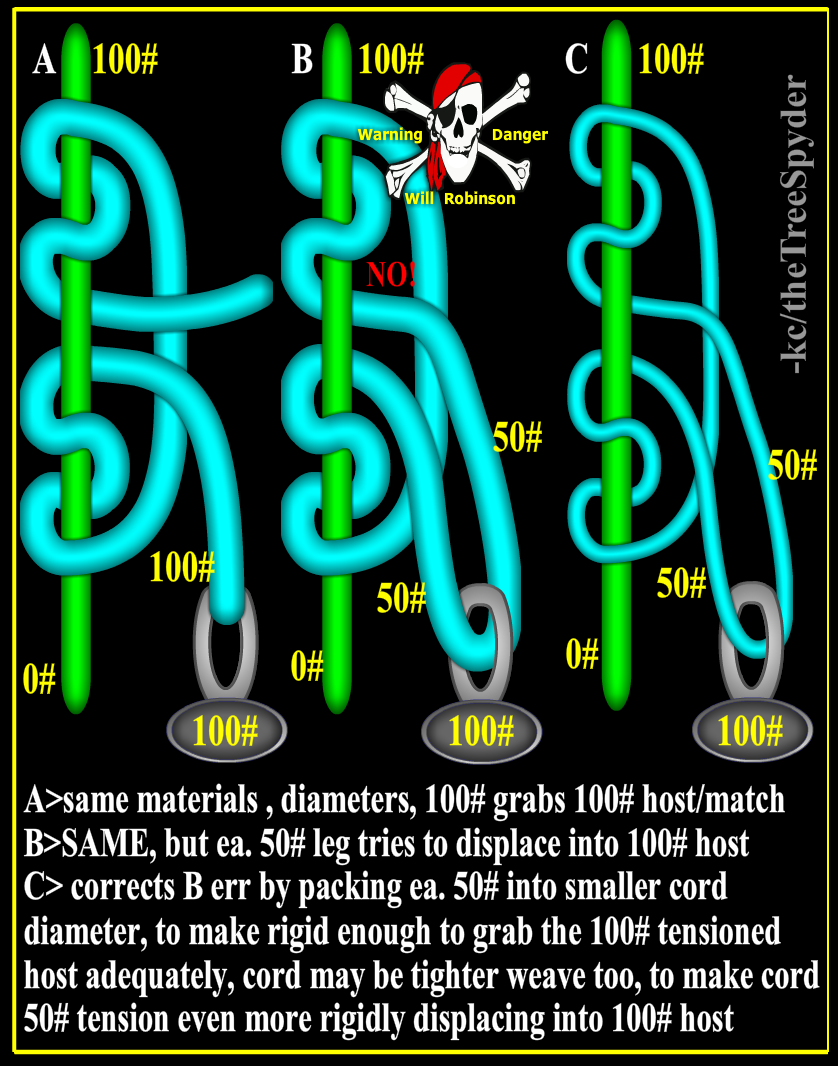paulyb
New Member
Hi all,
I'm getting gear together for a drt split tail system and had some questions about the prusik. I have read a lot of different information about what the prusik diameter should be relative to the climbing rope, but I can't figure out exactly what I should get. My climbing rope will be a 16 strand, 1/2" rope. So my question is:
As far as deciding on a prusik diameter, does it matter what friction hitch I plan on using (I am thinking a schwabisch)? Can I just use the same diameter as my climbing rope? This is how it's done with a closed system, so it seems like it would work, but then would I be limited to just using a blake's or taut line hitch? When learning about hitches, a lot of people don't tell you the diameter of their lines, so I'm a little lost. Ultimately I want to get a prusik that is safe and not limited in which hitches I can use.
Thank you for any help.
I'm getting gear together for a drt split tail system and had some questions about the prusik. I have read a lot of different information about what the prusik diameter should be relative to the climbing rope, but I can't figure out exactly what I should get. My climbing rope will be a 16 strand, 1/2" rope. So my question is:
As far as deciding on a prusik diameter, does it matter what friction hitch I plan on using (I am thinking a schwabisch)? Can I just use the same diameter as my climbing rope? This is how it's done with a closed system, so it seems like it would work, but then would I be limited to just using a blake's or taut line hitch? When learning about hitches, a lot of people don't tell you the diameter of their lines, so I'm a little lost. Ultimately I want to get a prusik that is safe and not limited in which hitches I can use.
Thank you for any help.





